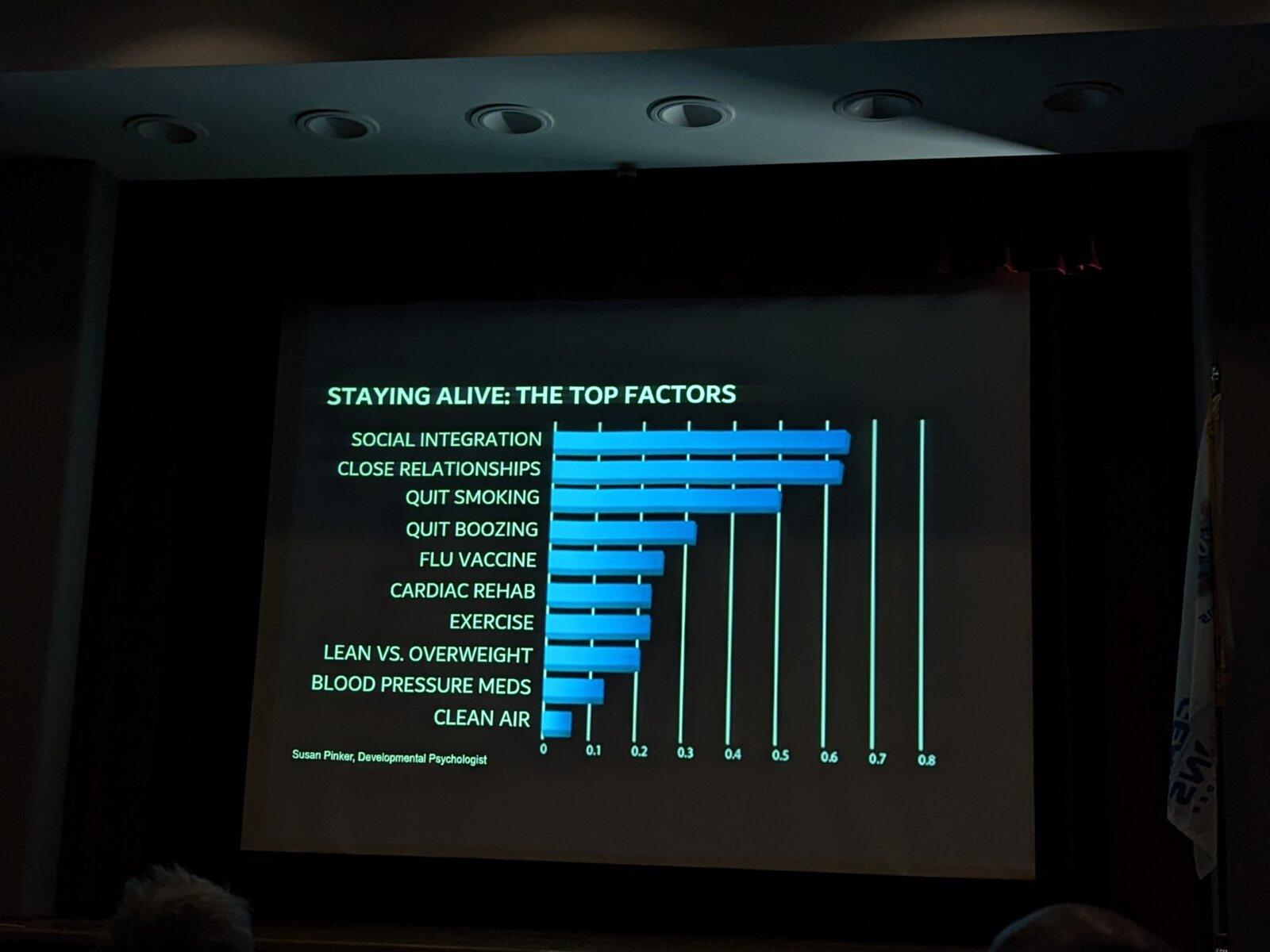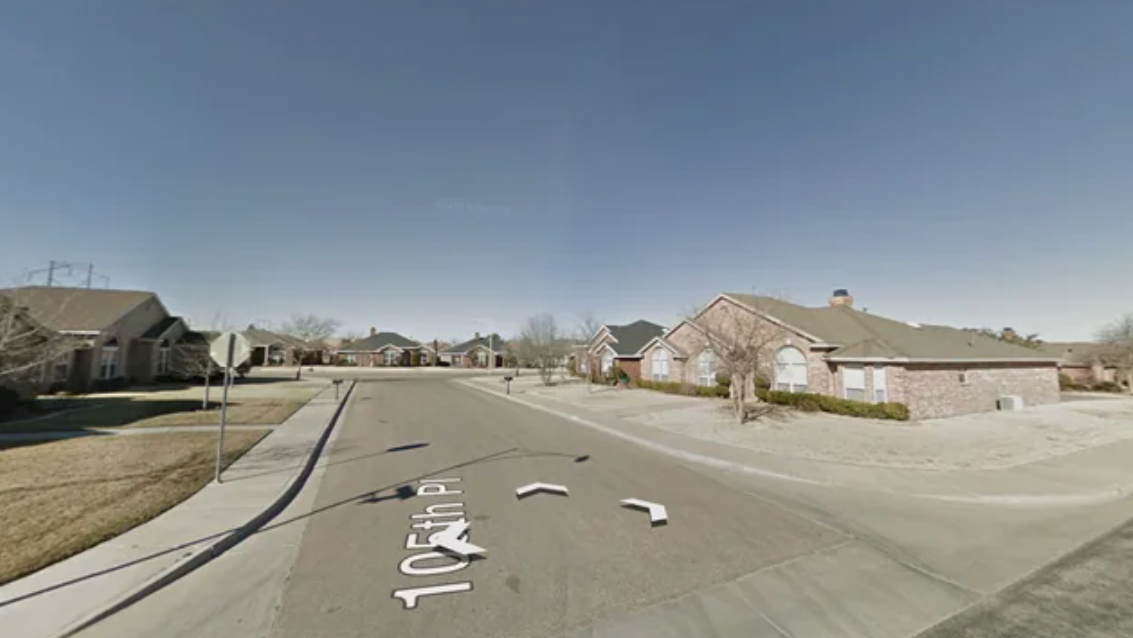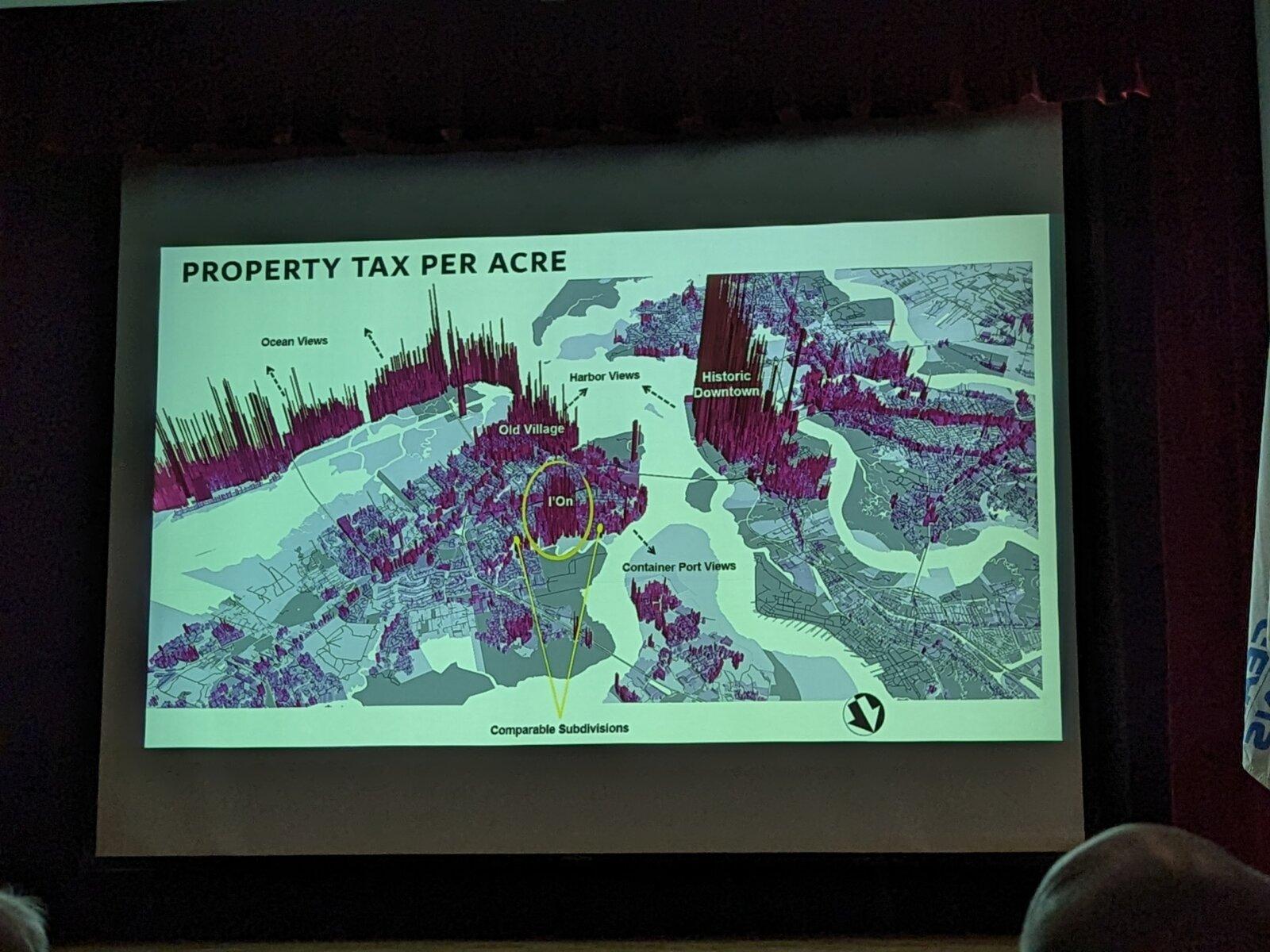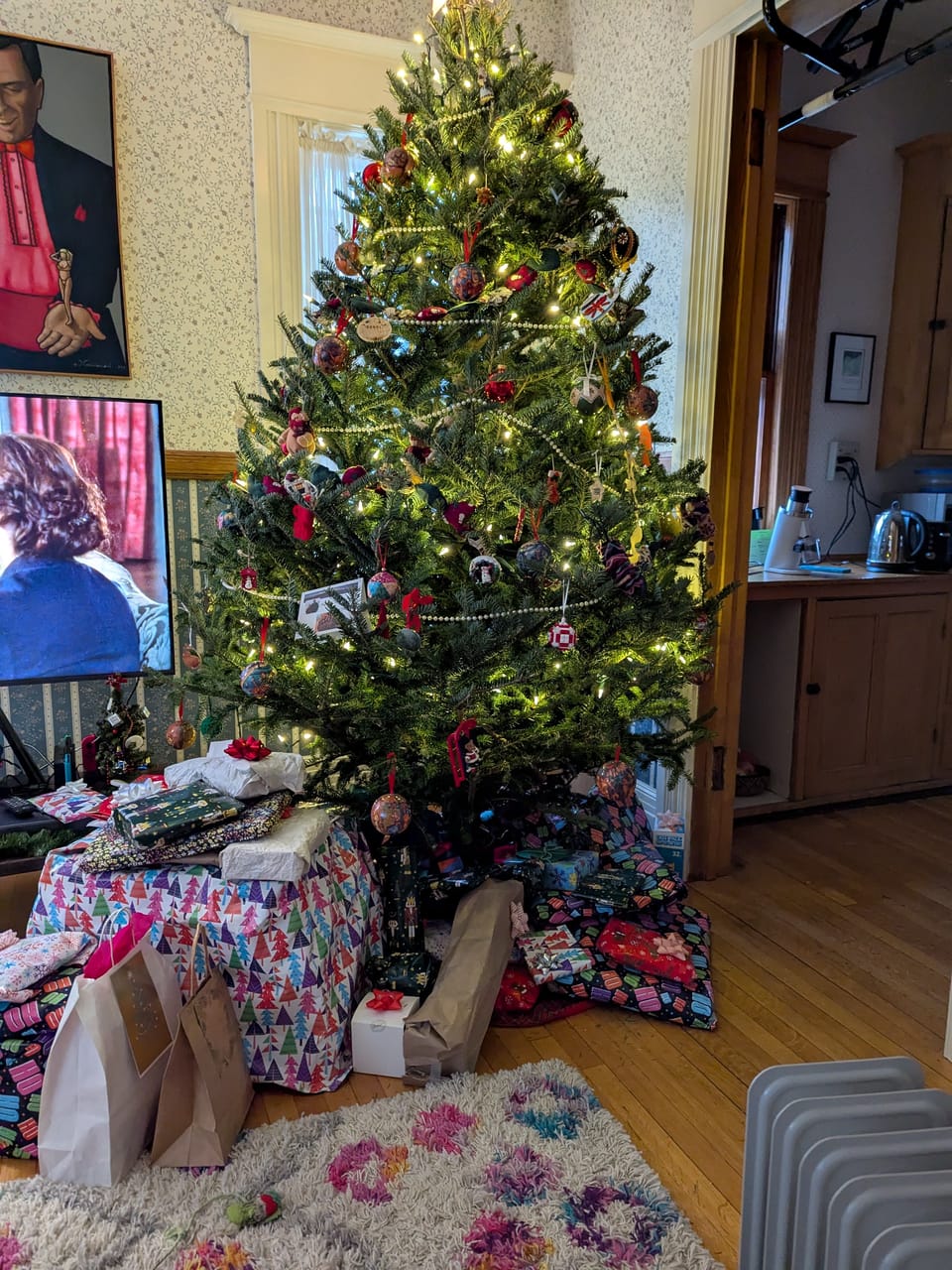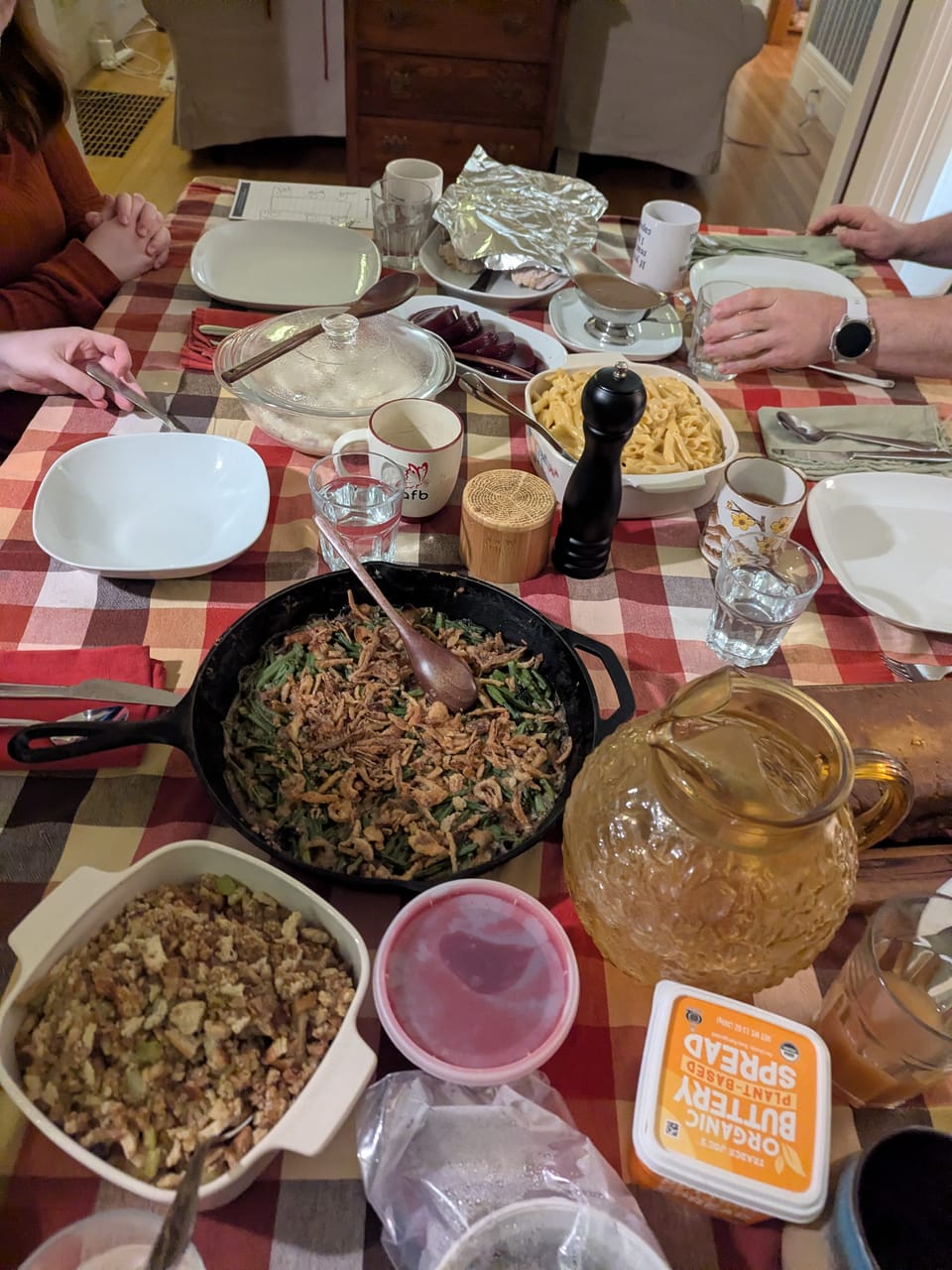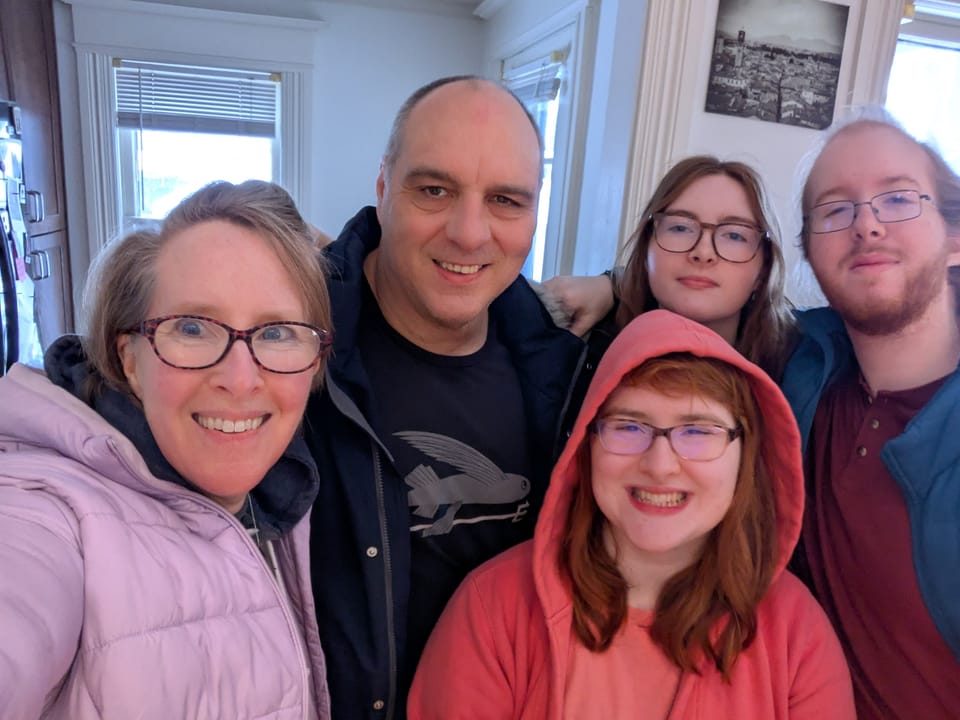Building for lovers and friends
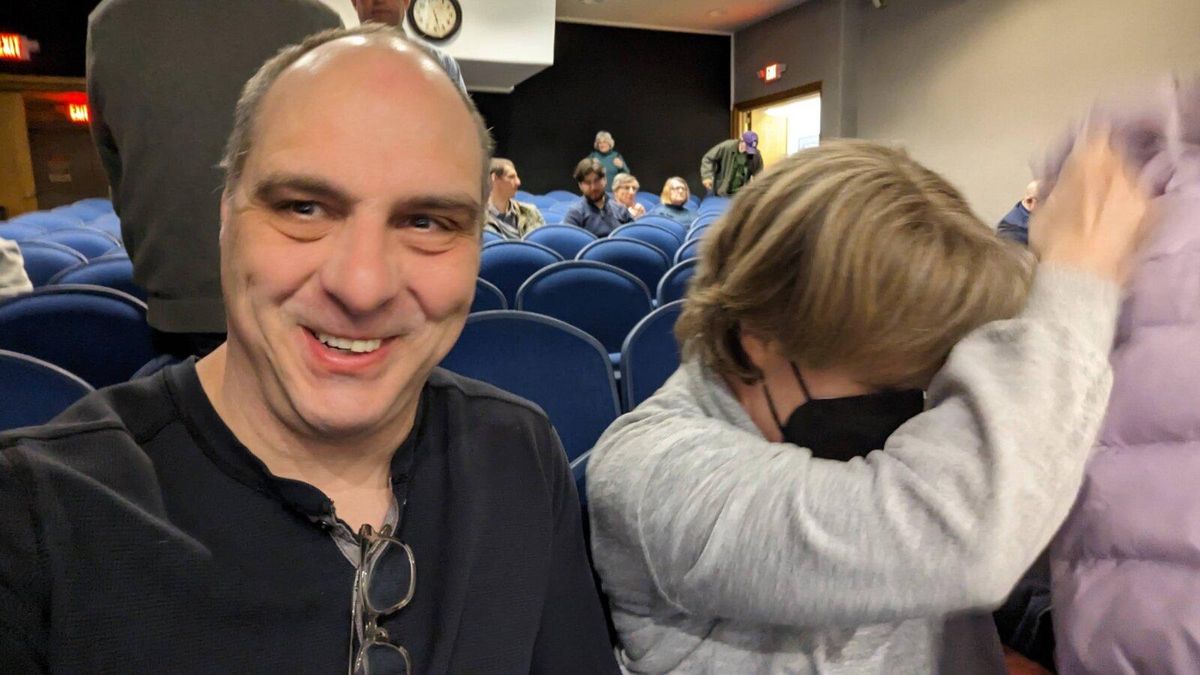
We biked out to see urban planner Victor Dover‘s talk on neighborhood design. The talk was advertised as 3.5 hours long, but we crossed our fingers that that couldn’t be true because that would be way past our bedtime.
 I spy someone shy at Gleason Works
I spy someone shy at Gleason Works
Dover’s company helps cities build engaging neighborhoods that bring people out of their homes and onto the street. The health benefits of design are huge.
It’s not just human connection. Shaded streets that connect to bikeways and trails massively increase people’s ability to get daily exercise. If your outdoor environment is a sunblasted streetscape like this, it’s no surprise that the frog would choose to stay in the pot.
Dover’s company has been making the case that dense urban streetscapes make financial sense. In the picture of Lubbock above, look how much road (and sewer, water, power) must exist for each one of these widely spaced suburban homes. These get paid for when land is developed but they don’t yield enough to maintain themselves in decades when streets and sewer systems wear out.
In comparison; urbanized space is efficient and perennial. Circled below is a walkable neighborhood that Dover’s group designed in Charleston, SC. Grey spaces cost the city money; purple contributes. These homes are desirable and street businesses may change but they don’t become suburban dead space like what’s happening to our malls.
Dover described the benefits of converting streets from places for the movement and storage of cars to tree lined avenues for the development of human relationships.
Rochester pioneered removing in-city highways by taking out our inner loop (phase one 2015, phase two 2025) and restoring the city grid. So many cities built these “concrete dog collars” that choked connectivity and frequently were designed as a moat to wall off black neighborhoods from amenities in the rest of the city. Here’s Rochester’s inner loop with some of the black and brown parts of town shaded in green.

We looked at more examples from Syracuse and Oakland. Yet change is in the air. Plans are moving to remove these roads, explicitly address equity, and return to the grid to restore connection and vibrancy to these spaces.
For 80 years the driver of city planning has been the machine. The pendulum swings, modes of mobility change (ebike, scooter, autonomous robot delivery, golf carts, unicycle) and people will get their hands on the wheels yet.
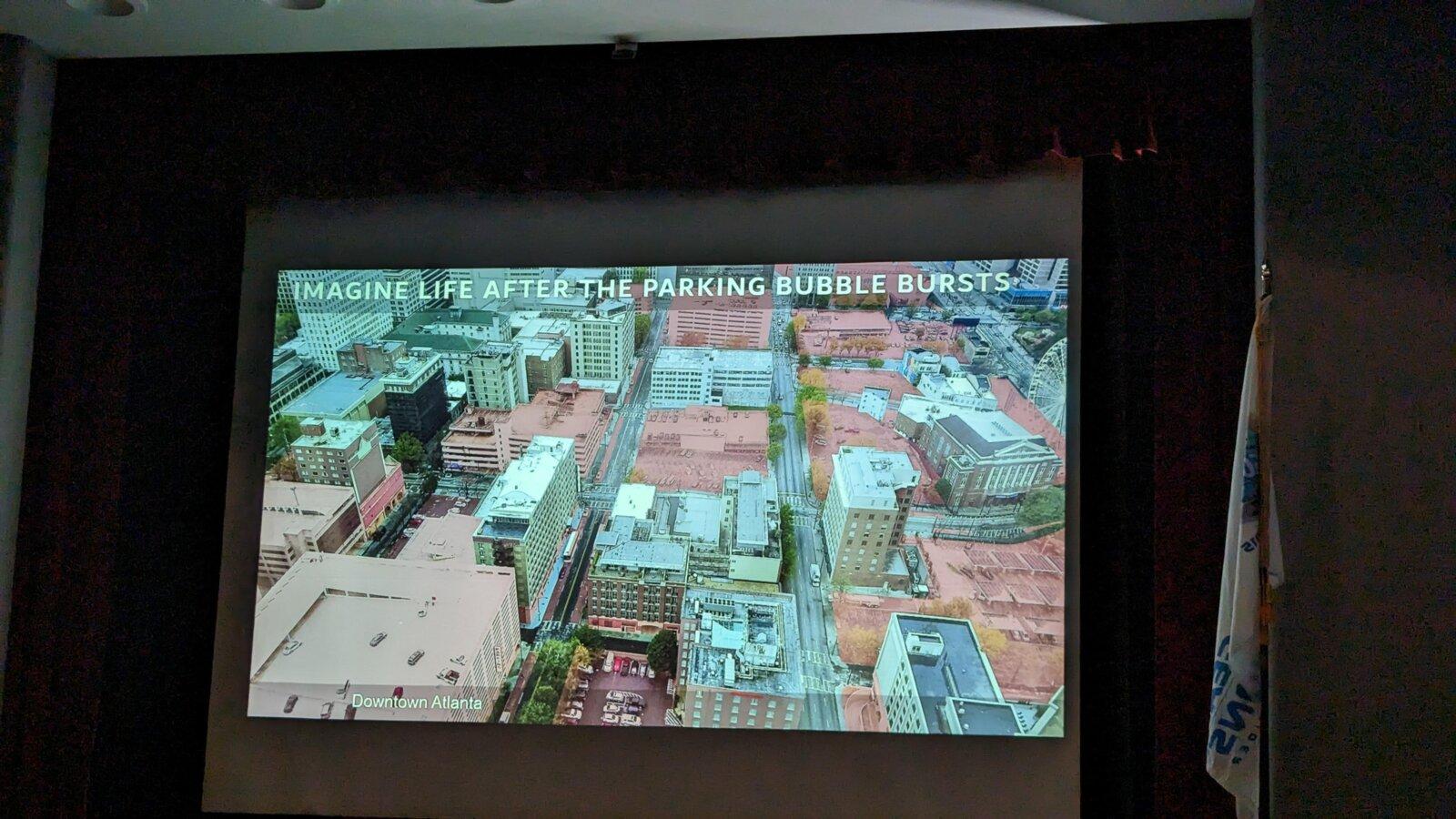
Look at your environment critically. Is it built for you, or for cars? If you could spend less time in your car, wouldn’t you? Little changes in a year but a lot can happen in a decade. It’s so good to see mindsets changing in cities red and blue across the US.
Dover closed with this quote from Lewis Mumford,
Forget the damned motorcar and build the cities for lovers and friends.

